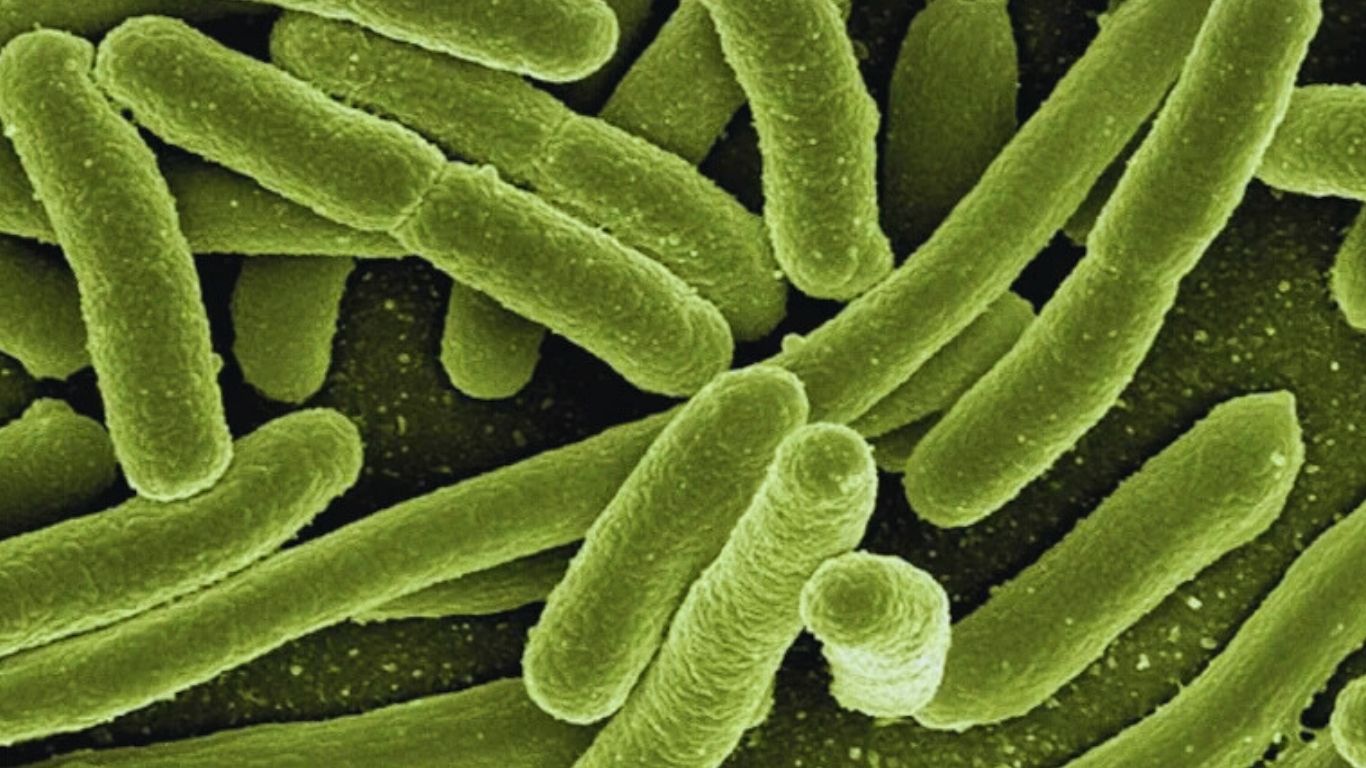Human Metapneumovirus (HMPV) in India
Amid the ongoing HMPV outbreak in China, India has reported its first confirmed case of Human Metapneumovirus (HMPV) in Bengaluru. The patient is an 8-month-old baby, bringing attention to the respiratory virus that primarily affects infants, young children, the elderly, and immunocompromised individuals. While the virus is not new, its emergence in India has raised concerns, especially as respiratory viruses tend to spike during winter.
What is Human Metapneumovirus (HMPV)?
Overview of HMPV
Discovered in 2001, HMPV belongs to the paramyxovirus family, closely related to Respiratory Syncytial Virus (RSV). It primarily affects the lungs and airways and spreads via respiratory droplets from coughing, sneezing, or contact with contaminated surfaces.
Vulnerable Groups
HMPV can infect people of all ages, but certain groups are at higher risk:
- Infants and Young Children: Immature immune systems make them more susceptible.
- Elderly Individuals: Age-related immunity decline increases risk.
- Immunocompromised Patients: Underlying conditions or treatments weaken their defenses.
Symptoms of HMPV
Common Symptoms in Infants
In infants, HMPV symptoms often mimic those of other respiratory infections, including:
- Fever: Low to moderate fever.
- Cough: Persistent and potentially severe.
- Congestion: Runny nose or nasal stuffiness.
- Difficulty Breathing: Wheezing, rapid breathing, or flaring nostrils.
- Fatigue: Increased irritability and lethargy.
- Poor Feeding: Difficulty breastfeeding or bottle-feeding due to breathing issues.
Severe Cases
In some cases, HMPV can lead to serious complications such as:
- Bronchiolitis: Inflammation of the small airways.
- Pneumonia: Lung infection requiring medical intervention.
When to Seek Medical Help
Parents should monitor for signs of respiratory distress in infants, including:
- Bluish lips or fingernails (indicating low oxygen levels).
- Excessive fatigue or unresponsiveness.
- Persistent difficulty breathing or wheezing.
Immediate medical attention is crucial if these symptoms occur.
Government and Expert Responses
Health Ministry’s Statement
The Indian Ministry of Health and Family Welfare has downplayed fears, comparing HMPV to other common respiratory viruses.
“Most cases present with cold, cough, and fever, which are self-limiting and manageable with general medicine at home,” the Health Ministry stated on January 4, 2025.
Expert Opinions
Dr. Suresh Gupta, a pediatrician at Sir Ganga Ram Hospital, emphasized that:
- The infection is generally mild.
- Children rarely require hospitalization.
- Supportive care at home is sufficient in most cases.
Preventing HMPV
Hygiene Practices
- Wash Hands: Regular handwashing with soap and water.
- Avoid Touching Face: Reduces risk of transferring the virus from surfaces.
- Clean Surfaces: Disinfect frequently touched objects and surfaces.
Protecting Vulnerable Groups
- Avoid Crowded Places: Reduces exposure, especially for infants and the elderly.
- Use Masks: In crowded or poorly ventilated areas.
- Boost Immunity: Ensure a balanced diet and adequate rest.
Vaccination Status
Currently, no specific vaccine exists for HMPV, making prevention through hygiene and symptom management critical.
Managing HMPV at Home
- Fluids: Keep infants hydrated.
- Rest: Allow adequate recovery time.
- Medications: Use fever-reducing medicines as prescribed.
- Humidifiers: Relieve nasal congestion and ease breathing.
Staying Informed and Prepared
The detection of HMPV in Bengaluru serves as a reminder to remain vigilant about respiratory infections, particularly during winter. While most cases are mild and manageable at home, understanding symptoms and seeking timely medical care can prevent complications. Hygiene practices, supportive care, and monitoring vulnerable groups are key to mitigating the spread and impact of HMPV in India.














